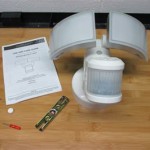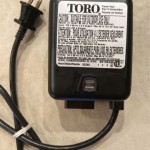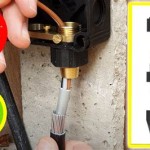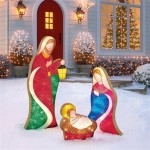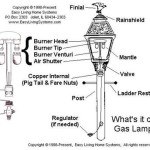Essential Aspects of Cable Used For Outdoor Lighting
When it comes to outdoor lighting, choosing the right cable is crucial to ensure safety, durability, and optimal performance. Here are some essential aspects to consider:
1. Cable Type
Select a cable specifically designed for outdoor use, such as direct burial rated (DBR) or underground feeder (UF) cable. These cables are constructed with water-resistant insulation and robust outer jackets to withstand harsh weather conditions.
2. Conductor Material
Copper is a common choice for outdoor lighting due to its excellent conductivity and durability. Aluminum conductors are also used, but they require a larger wire size to achieve the same conductivity as copper.
3. Wire Size
Determine the appropriate wire size based on the voltage, current draw of the lighting fixtures, and the length of the cable run. Use a wire size calculator or consult an electrician for guidance.
4. Insulation
Look for cables with high-quality insulation, such as polyethylene (PE) or cross-linked polyethylene (XLPE), to protect the conductors from moisture, heat, and UV radiation.
5. Outer Jacket
The outer jacket should be made of a durable material like PVC or polyethylene that can withstand abrasion, chemicals, and direct sunlight. Chlorinated polyethylene (CPE) jackets offer enhanced resistance to moisture and sunlight.
6. Burial Depth
Direct burial cables must be buried at the proper depth as specified by the manufacturer and local building codes. Typically, 18-24 inches is recommended to protect the cable from damage and accidental excavation.
7. Splicing and Terminations
Proper splicing and terminations are essential for safe and reliable operation. Use suitable connectors, heat shrink tubing, and weatherproof enclosures to protect the connections from moisture and corrosion.
8. GFCI Protection
In areas near water sources, such as pools or fountains, use ground fault circuit interrupters (GFCIs) to prevent electrical shock hazards.
9. Signage and Labeling
Mark the location of underground cables with caution tape, flags, or other visible markers to prevent accidental damage during excavation.
10. Professional Installation
For optimal safety and performance, it's highly recommended to hire a qualified electrician for the installation of outdoor lighting cables.
Conclusion
By considering these essential aspects, you can choose the right cable for your outdoor lighting needs and ensure a safe, reliable, and aesthetically pleasing setup. Remember to always consult the manufacturer's instructions and local building codes for specific requirements.

Southwire 100 Ft 14 2 Black Stranded Cu Low Voltage Landscape Lighting Wire 55213243 The Home Depot

Using A Cable To Hang String Lights Concord Carpenter

Have A Question About Southwire 250 Ft 10 2 Black Stranded Cu Low Voltage Landscape Lighting Wire Pg 5 The Home Depot

Coleman Cable 095136208 12 2 Low Voltage Lighting 100 Feet Com

Southwire 75 Ft 16 2 Black Stranded Cu Low Voltage Landscape Lighting Wire 55213144 The Home Depot

Wirefy 12 2 Low Voltage Landscape Lighting Wire Gauge Conductor 100 Feet Com
Using A Cable To Hang String Lights Concord Carpenter

Alpine Corporation 10 Sockets Lighting Cable 50 Ft And 14 Gauge Pl350 The Home Depot
How To Hang Outdoor String Lights Resource Article By Partylights Com

How To Hang Outdoor String Lights And Make Them Look Good Wirecutter
Related Posts
